All Stories
-
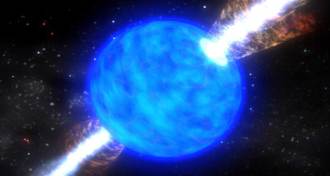 Astronomy
AstronomyDying stars called collapsars may forge much of the universe’s gold
Spinning stars that collapse into black holes could help explain the origins of heavy elements such as gold and silver.
-
 Physics
PhysicsWhat a nearby kilonova would look like
Physicists imagined what we’d see in the sky if two neutron stars collided just 1,000 light-years from Earth.
-
 Life
Life1 million species are under threat. Here are 5 ways we speed up extinctions
One million of the world’s plant and animal species are now under threat of extinction, a new report finds.
-
 Earth
EarthThe search for new geologic sources of lithium could power a clean future
Futuristic clean-energy visions of electric vehicles are driving the hunt for lithium.
-
 Paleontology
PaleontologyA tiny mystery dinosaur from New Mexico is officially T. rex’s cousin
A newly identified dinosaur species called Suskityrannus hazelae fills a gap in tyrannosaur lineage.
-
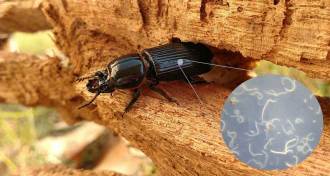 Earth
EarthA belly full of wriggling worms makes wood beetles better recyclers
Common beetles that eat rotten logs chew up more wood when filled with a roundworm larvae, releasing nutrients more quickly back to the forest floor.
-
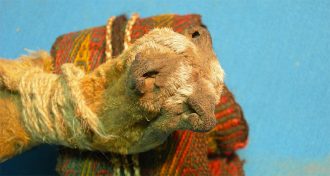 Archaeology
ArchaeologyAn ancient pouch reveals the hallucinogen stash of an Andes shaman
South American shamans in the Andes Mountains carried mind-altering ingredients 1,000 years ago, a study finds.
By Bruce Bower -
 Physics
PhysicsLIGO is on the lookout for these 8 sources of gravitational waves
Gravitational wave hunters are on a cosmic scavenger hunt. Here’s what they’re hoping to find.
-
 Science & Society
Science & SocietyMedical student evaluations appear riddled with racial and gender biases
Women and minorities are more frequently described by personality in medical student evaluations, but men are described by their skills, a study says.
-
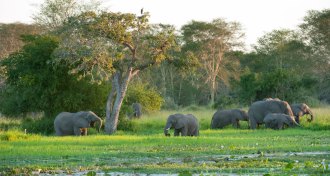 Ecosystems
EcosystemsWar wrecked an African ecosystem. Ecologists are trying to restore it
Bringing back big predators to Gorongosa, once a wildlife paradise in Mozambique, is just one piece of the puzzle in undoing the damage there.
By Jeremy Rehm -
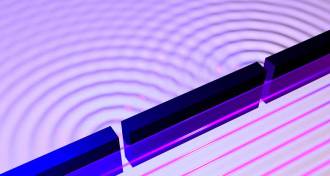 Quantum Physics
Quantum PhysicsAntimatter keeps with quantum theory. It’s both particle and wave
A new variation of the classic double-slit experiment confirms that antimatter, like normal matter, has wave-particle duality.
-
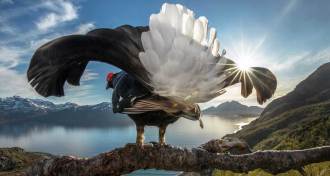 Animals
AnimalsThese award-winning photographs capture rarely seen wildlife and landscapes
Winners of the California Academy of Sciences’ annual photo contest dove deep underwater and hiked to great heights to create these striking images.
By Maanvi Singh